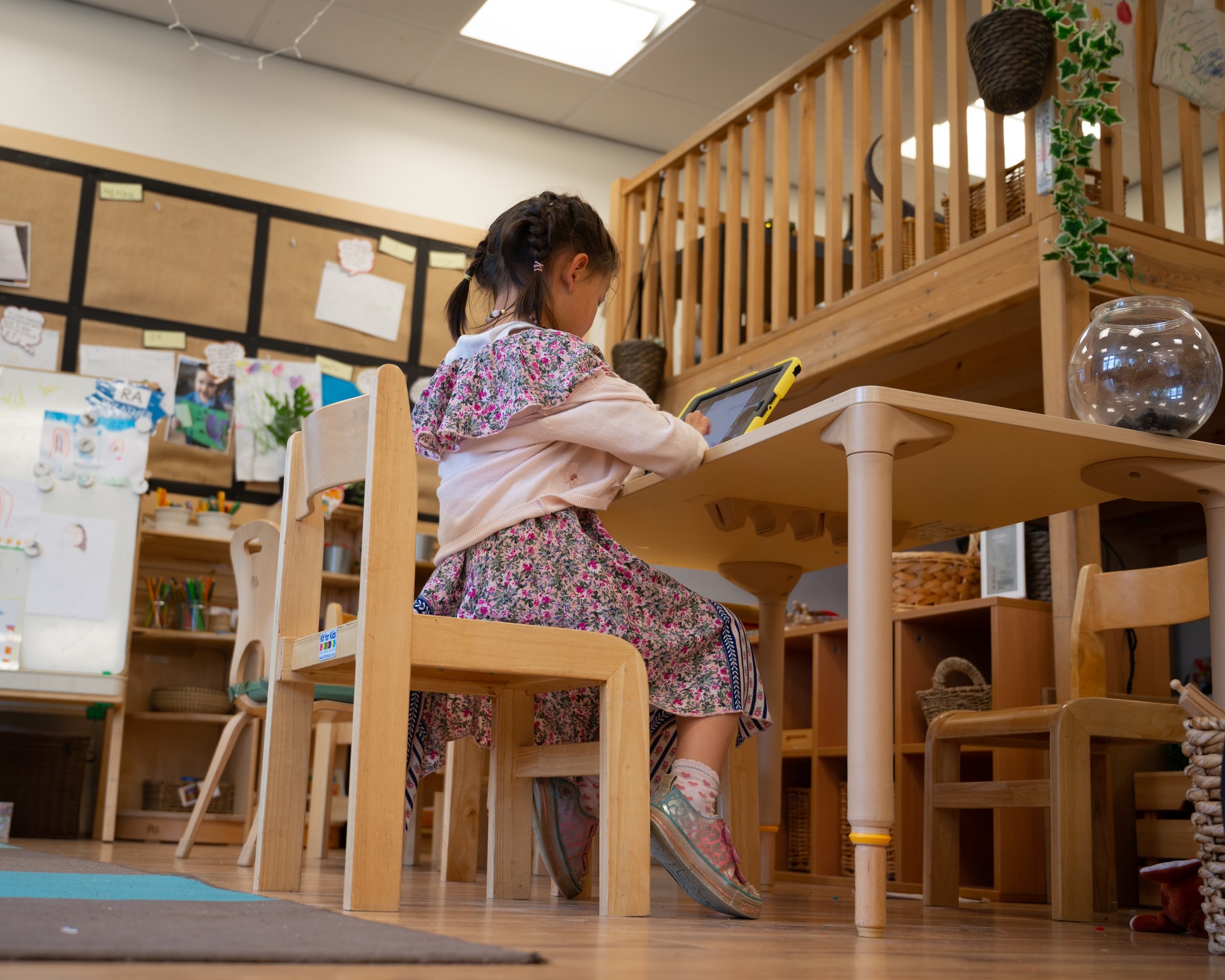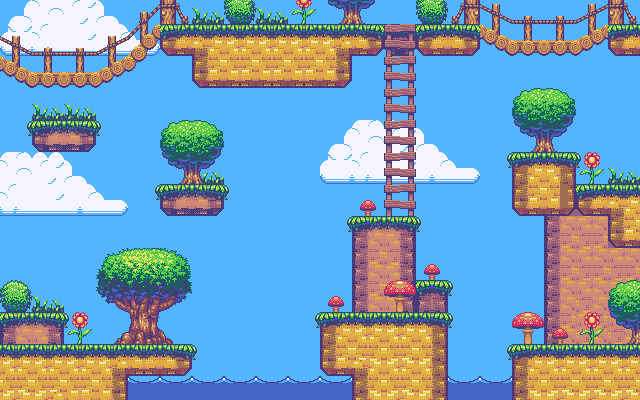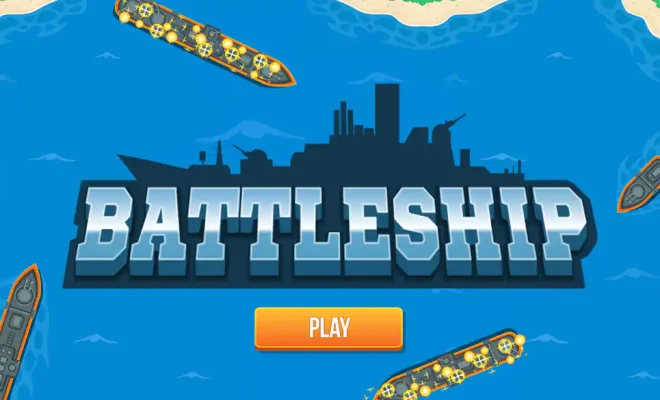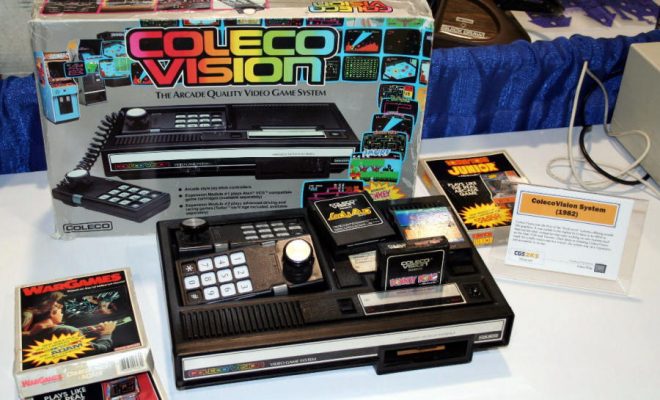Making Progress In Learning With Gamification

Gamification is a term that has been thrown around quite a bit lately. It involves the use of game design and game mechanics as a way to enhance contexts that are not related to games or gaming. This is done by increasing engagement, participation, competition, and loyalty.
There are endless ways to implement gamification in the classroom, like with leaderboards, point systems, friendly competitions, badges, stickers, and other accolades. Gamification does not only exist in the realm of education, it has also found its way into industries like retail and healthcare.
Why We Need Gamification In Education
In any of their forms, games are capable of increasing student motivation by increasing their engagement – you may already know that this is supremely important in education. We know that there is a general lack of motivation in students because of the astonishing high school and college dropout rates.
These rates are said to be high because of the flaws with the education system itself and the way students are being taught. To put it simply, schools are a bit behind the times. Many lecturers teaching about the trends of innovation in the classroom will note the similarities between today’s classrooms and those that existed centuries ago.
Gamifying the Classroom
Luckily for teachers, there are a number of ways that gamification can be introduced to the classroom. Hopefully, some of the ideas below spark the imagination and lead to a discussion about the topic.
Awarding students with badges – Many European and European-centric schools around the world have a badge system that rewards students for their motivation and work in and out of the classroom. For example, if a student puts in a lot of work to complete their homework and assignments on time, they could earn points.
Once they have accrued enough points, they could be awarded a badge. You can choose how points are earned and what activities are rewarded with points.
Friendly competition – Try introducing a kind of leaderboard into the classroom. Who doesn’t want to see their name at the front of the class for their hard work? Introducing a tournament aspect can add some competition to the classroom, which most students will enjoy.
Try to make sure that the competitive environment is a non-toxic one, as you don’t want students to become disheartened when they don’t make it to the leaderboard.
Gamifying the Online Classroom
Since we’re currently living through a global pandemic, class has moved to an online platform, and adjusting has been difficult. Some teachers still want to be able to gamify their online classrooms but are not sure how.
If you’re using a stream classroom for online teaching, like Pedagogue, then there are a few things you can do to gamify things a bit. To start, try to set missions and stages for each online teaching session.
Then, make things collaborative and social. It doesn’t help to have the teacher talk to their students non-stop for the session’s duration. Try to ask questions frequently to keep the students engaged. Finally, try to make assignments creative.
Wrapping Up
There is plenty of progress to be made with gamification in the classroom, and it’s a great way to keep students engaged and active participants. Of course, it can come with its drawbacks, but it can change the classroom for the better if it is implemented correctly.






